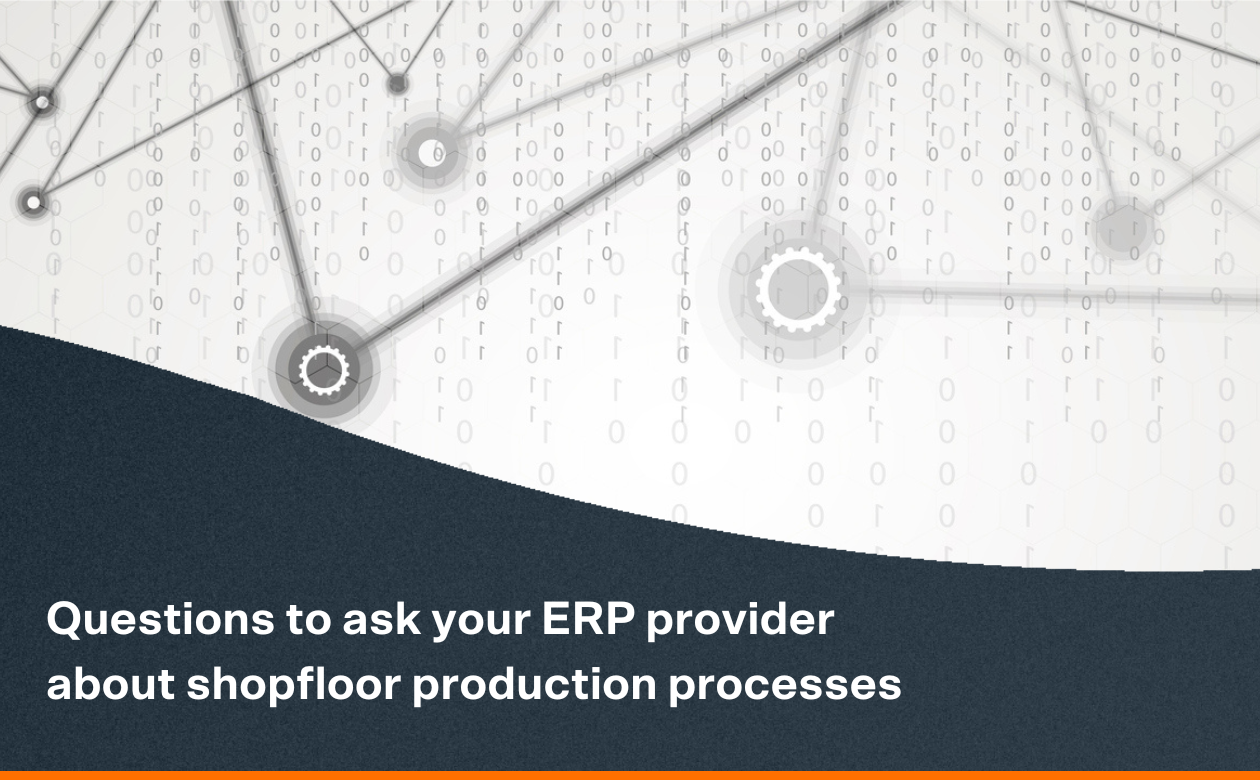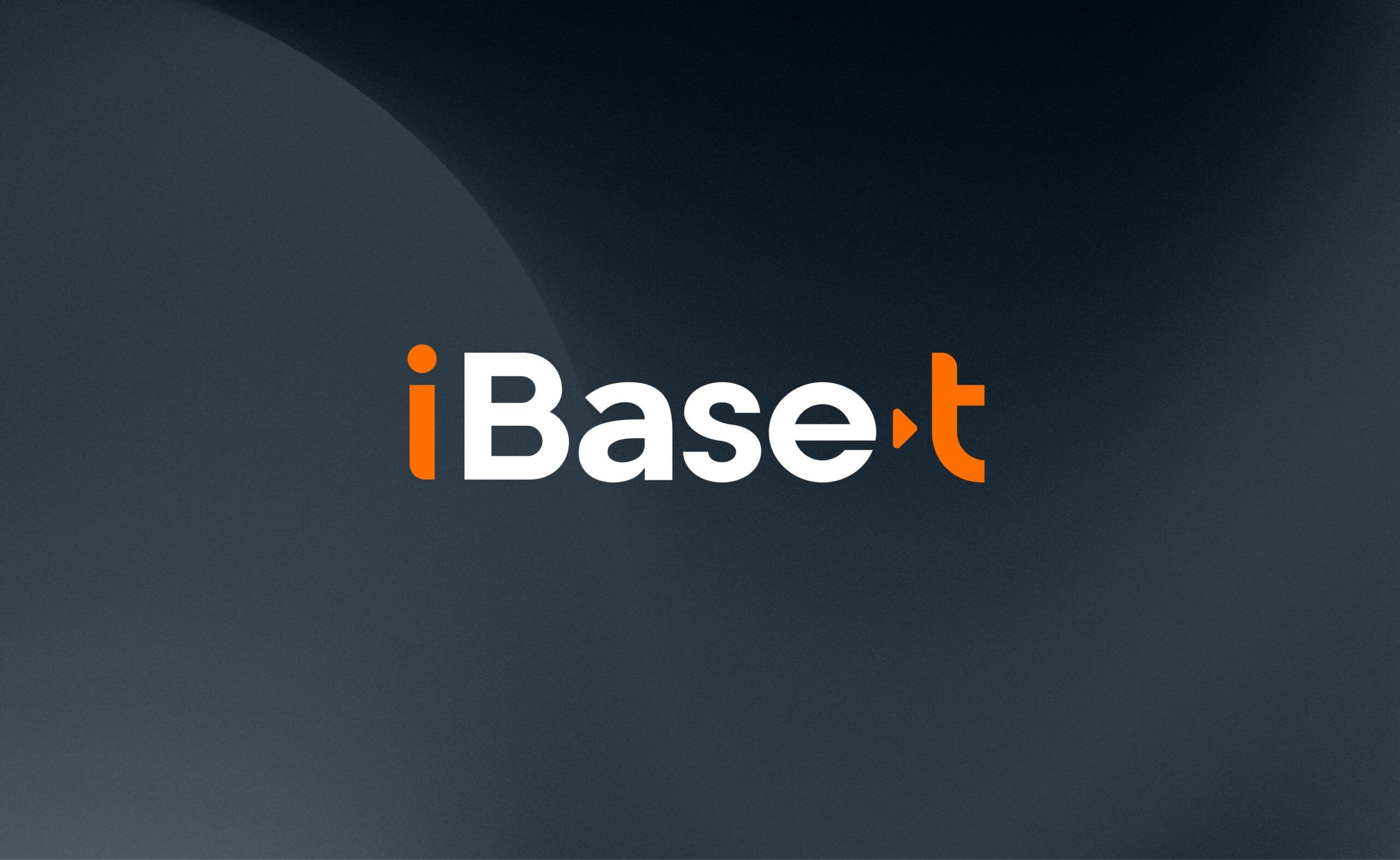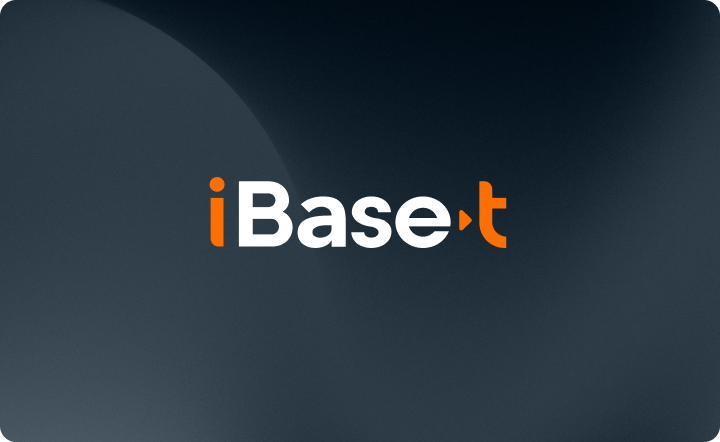
For many manufacturers, investments made in an enterprise application to run their business have been significant and ongoing. Yet often these companies struggle to fully complete the original vision, failing to capture all the expected benefits. Often the decision to drive towards a single-vendor architecture – typically driven by a top-down directive – creates a monolithic enterprise application environment where attainment of the original project objectives is never met. When this outcome is expected, organizations suffer from what could be described as an organizational “Stockholm Syndrome.” The belief that mandated large IT projects will never be done creates a situation where the employees accept that they are being held “hostage” by their existing vendors, with no way to escape.
This situation can take years to develop. Since it happens slowly over time, often it is not even evident that the malady exists. But, once in place, it can seriously inhibit an organization’s ability to maximize the benefits from investing in more modern systems, typically required when undertaking a digital transformation strategy.
As an outsider looking in, I often wonder why companies fail to consider better and more adaptable alternatives to a monolithic enterprise application. Sometimes, it seems that it might be the availability of capital, a lack of labor skilled in new technology, or some other constraint that explains the hesitancy to move forward.
The reality is that in many cases, a person or group of people in senior management built their career by recommending and then implementing that monolithic enterprise application. This cycle can even start with that individual’s prior employer. Relationships have been built, a sense of trust has been put in place, and the decision-maker has come to expect that tens or even hundreds of millions of dollars just must be spent to maintain an IT/OT infrastructure that never really delivers the result it should.
25 Years of Analyst Perspective
One of the very first vendor reference checks I did as an analyst in the late 1990s was for a large ERP vendor’s solution. When I called the vendor-provided contact and asked them why they chose their current solution, the response was an honest “I didn’t – it was forced on me by management.” They then went on to say that they wanted an alternative product, but that the decision had already been made, so they were going to just have to live with it.
When fielding end-user analyst inquiry calls regarding large enterprise application suites, I could almost guarantee what the response was going to be. If it was from the IT department, it often was “give me information to prove that the current enterprise solution vendor solution is at par with the specialist solution.” If it was from an operations person, it was “give me information to prove my choice of a specialist solution is better than what the existing enterprise vendor could deliver.” More often than not, someone from “management” that controlled the budget or had sufficient political power, would then opt to keep the existing vendor solution in place.
In defense of the larger vendors, most have managed to deliver what manufacturers have wanted from a functional perspective and over time have adopted better user interfaces to make their products competitive with specialist providers. But, as they have grown their user bases to cover a broader range of industries and functional footprints, many continue to struggle to demonstrate the agility of the best-in-class specialist application providers.
Defining the Stockholm Syndrome
If you read more about this syndrome, one theme becomes clear. It is not a mental condition, but more of a coping mechanism. Those placed in highly stressful, threatening environments will often embrace their captor as a friend or a trusted advisor. By choosing to believe that everything will work out, their condition becomes more manageable.
Read this article on Technical Debt for another perspective on the costs that can add up when being a victim of the Stockholm Syndrome, How A Microservices Architecture Can Reduce Technical Debt.
How Frustration with Mediocrity Becomes Commitment to Mediocrity
Nearly every enterprise application suite evolved from an ERP solution, which evolved from an accounting application. Each tended to have user interfaces and accounting-based data models.
One of my early observations about the user experience of most ERP applications was that they “had a user interface only a mother or an accountant could love”. Often when the monolithic applications were deployed, they met resistance from operations staff since they had to be beaten into shape to provide the functionality needed on the shop floor. Even though vendors today have resolved many of these usability issues, they often still lack the adaptability requirements of business today. And, more importantly, the perception that the application was not created to deliver a “nice” user experience, but to do a predefined activity. Hence, the condition we now have today.
So why do businesses seem to be committed to the status quo when there are better alternatives? As mentioned above, sometimes the assumption is that it is a lack of capital or access to skills, but the reality is in many cases organizations often become invested so deeply in the status quo they begin to identify with the solution they have in place.
This is analogous to Stockholm Syndrome. If driven by a simple fear of change, the reluctance to adopt a better alternative can be overcome by showing how new solutions can improve their ability to do their jobs. But when the commitment to a tool that doesn’t provide the value needed to be successful in today’s business environment is so strong that it becomes irrational, the business likely is suffering from organizational Stockholm Syndrome, and likely is on a path to decline.
Adaptability Will Win Out
In the end, businesses are driven by profit and survival. Most can overcome dependence on a single vendor thanks to the advances in openness and interconnectivity driving technology today. One of the best lessons from the coronavirus pandemic has been that adaptability is key to survival. Solution providers that provide the tools that give businesses that adaptability will ultimately win out.





